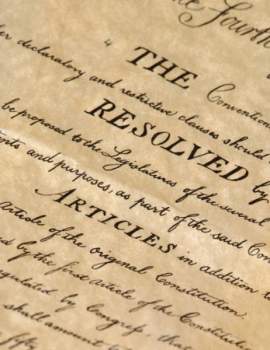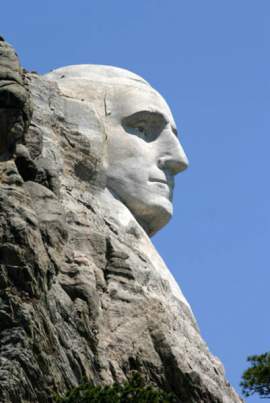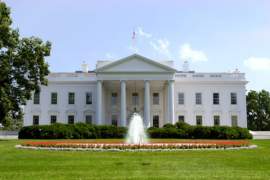
A Quick Overview on Filling of Vacancies

Popular In Constitution
Purpose Of Lifetime Appointment And Pros And Cons Enumerated Powers Bicameral Legislature Background Article 3 Of The Constitution We The People 1st Amendment Who Wrote The Constitution Judicial Review Equal Protection Clause Three Fifths Compromise 10th Amendment 5th Amendment
A contentious and closely followed element of modern American politics is the Supreme Court nominee approval process, all the more so because it occurs outside the timetable of fixed deadlines and comes up only infrequently. One of the relevant issues in the selection of Supreme Court nominees is the consideration of when such a procedure is necessary.
In this regard, the United States Constitution is less helpful than might be surmised from its role in creating the institution of the Supreme Court, as it does not address the number of members to take part in the Court. It does loosely imply the limitations on the length of time for which Supreme Court Justices may remain on the bench, which might be reasonably considered practically nonexistent in that the only stipulation is that it be "during Good behavior". A Supreme Court Justice can, however, choose to retire from the Court, and thereby impose the unanticipated need for selection of a Supreme Court nominee. Though there is a mechanism for the impeachment of Justices provided through Congressional procedure, it has only occurred once, and ended in defeat, while later efforts have not even succeeded in calling for hearings.
As a measure of its strength and continuity with the original
intentions of the Founding Fathers, the United States Supreme Court has experienced
relatively few cases of vacancies needing to be filled throughout its history,
with only 113 separate members having been appointed to the bench by 2010. In
this number, 16 people have served as Chief Justice and 97 in the subordinate
"Associate" position.
Despite the fairly low number
of Supreme Court nominees, most Presidents have been able at least once to
submit a Supreme Court nominee of their own to fill a vacancy in the bench. Up
to the present, only President Carter has been denied the opportunity in the
course of a full term and without changes to Court procedure to submit a Supreme
Court nominee. In this regard, the Presidential power for selecting Supreme Court
nominees is considered one of the most lasting aspects of a president's legacy.
Article II, "The Executive Branch," provides this power to
Presidents to be exercised "with the Consent and Advice of the Senate".
The full process of hearings and approval for Supreme Court nominees is not set
out under law, but this stipulation does allow for such assorted procedures,
which evolved into their modern form over the full course of the Court's
history. The Congressional practice of questioning Supreme Court nominees first
appeared in 1925 and was set as established procedure in 1955.
The questioning of a Supreme Court nominee takes place before the Senate Judiciary Committee, which then decides whether or not to recommend a general vote on the nominee's acceptability. After this point, however, a Supreme Court nominee may still be denied the consideration of a vote through the tactic of a filibuster or by the President's reconsideration. The process of approving a Supreme Court nominee has shifted over time from being essentially procedural to the highly politicized and contentious form it now takes.
NEXT: Connecticut Compromise





















